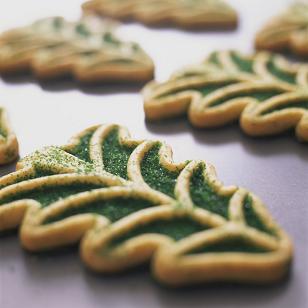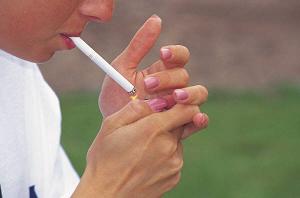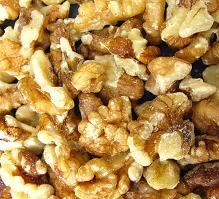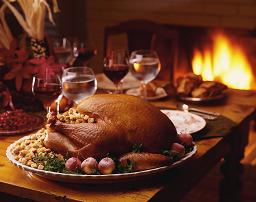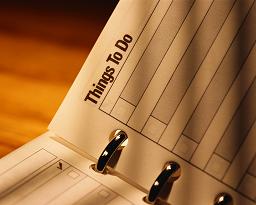![]() Whenever an individual is diagnosed with cancer or any other type of disease, they often struggle to find the right information, which, in turn, can make them feel alone and frightened. In an effort to provide personalized answers and a greater understanding for health issues, Murray Jones, founder of TalkAboutHealth, decided to create an online community for people seeking support and medical information and advice.
Whenever an individual is diagnosed with cancer or any other type of disease, they often struggle to find the right information, which, in turn, can make them feel alone and frightened. In an effort to provide personalized answers and a greater understanding for health issues, Murray Jones, founder of TalkAboutHealth, decided to create an online community for people seeking support and medical information and advice.
See below for our exclusive interview with Murray, where he discusses what TalkAboutHealth is and how it benefits individuals seeking support and personalized health advice:
1. What inspired you to start TalkAboutHealth.com?
I was inspired to start TalkAboutHealth based on needs that I saw from being a caregiver to my father, who is a two time melanoma survivor. We had so many questions and it felt impossible to find the right information and then understand it in a limited amount of time. We felt alone and lacked confidence in the decisions we had to make. We needed personalized answers to understand our health situation. We needed perspectives from others like us who had been through similar circumstances. We needed guidance to help find relevant information.
As time passed and I met more people in cancer communities, both medical professionals and survivors, I realized that there was so much knowledge that everyone wanted to share that just needed a place to live and someone to organize it. I thought to myself, I can do that. I can build a website where people can share their experiences.
2. How does TalkAboutHealth.com benefit patients? In other words, what does it offer to patients, survivors, and experts?
Our goal is to help patients get the right information at the right time, so they can understand their health needs and make the right decisions for them. We want to help people feel confident in the decisions they are making, know that they are not alone, and have hope after hearing the stories of others.
To accomplish this, we provide personalized answers from leading medical professionals and experienced survivors. When a patient asks a question, we find and notify the right experts, survivors, and organizations to answer. Each question has answers from several perspectives and provides context and narrative to help the patient.
We then curate and provide structure for all of this information so that it is easy to find. In the future, we will test many different formats to educate—from custom web and email tutorials to working with medical experts on video courses.
3. Why did you decide to make TalkAboutHealth.com a community-based structure, as opposed to a website that featured medical information without the opportunity to ask questions and provide feedback?
For two main reasons:
1. Because the combined knowledge and experiences of the community can have an amazing impact in helping others.
2. Community makes it possible to provided personalized and individualized support.
The purpose of TalkAboutHealth is to be a community where all of us share knowledge, stories, and experiences to support each other.
4. Is there anything else you’d like to add?
I encourage everyone, including medical professionals, to tell their story and share their experiences in whatever format is comfortable for them. It is so important for us to share and support each other. None of us are alone, we need each other. If you share your story, you will help others and find the support you need.
Have any questions about TalkAboutHealth or want to learn more? Visit TalkAboutHealth.com or contact Murray directly at murray@talkabouthealth.com.
